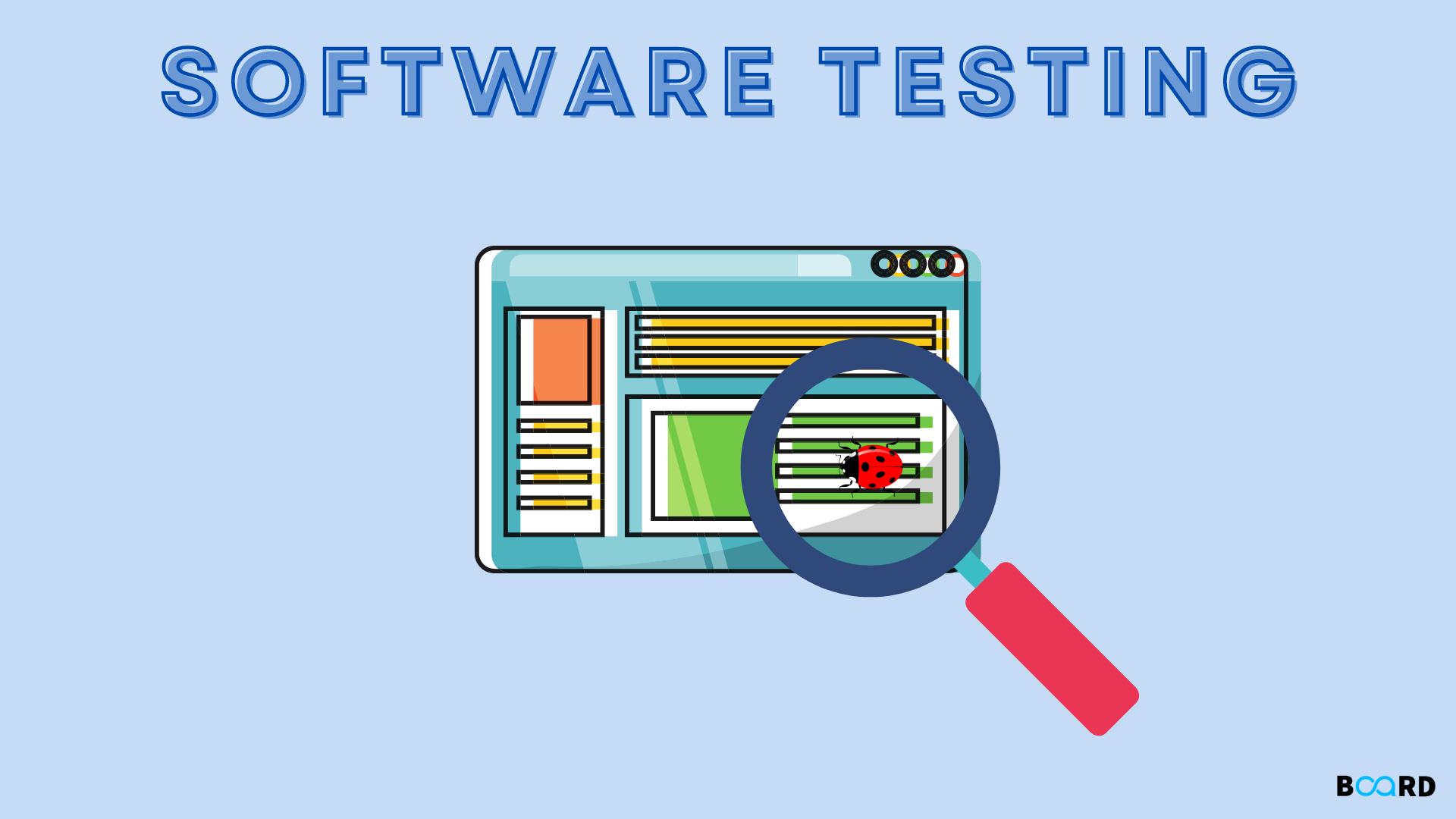Mastering Software Testing: Techniques and Approaches
Software Testing: What it is?

Introduction
Any software development approach must include software testing. This course was created for those who are new to the subject and for professionals who want to advance their careers by learning more about software testing. In this blog, we'll go over everything there is to know about software testing, including methods, types, and more. Each software testing type has its own importance and features. So, this article is going to be very important for beginners and professionals.
What is Software Testing?
Software testing is the process by which we inspect the software product for any errors or defects so that it may be given to the client or the business without any problems. Software testing needs to be carried out both during and after development.
When flaws are discovered during software testing, they should be repaired right away. However, it should be remembered that removing one problem from software or a program may result in the introduction of one or more new flaws. Therefore, it is important to keep verifying the program until there are very few flaws left that don't interfere with how well it functions. Software testing is frequently utilized in the IT sector due to its significance in producing better software products prior to deployment.
Why and What kinds of Software Testing are there?
Software testing is required because defects are fixed during the software development process. Any software product with flaws should be avoided since they may damage the hardware or yield inaccurate results. Any piece of software will be worthless if it isn't carrying out its functions as intended. Because of this, software testing is crucial for every business or software developer that wants to offer flawless or extremely low-bug products. Software testing types include: Software testing can be divided into two categories:
Manual Testing
As the name implies, manual testing involves a team of testers or software engineers conducting labor-intensive and time-consuming testing manually.
Automation
Automation testing is the process of testing software with the aid of another programme whose sole function is to check the developed programme for errors or bugs using the test cases given to the testing program.
Applications of Software Testing
In order to improve the quality of the software, software testing is frequently used in the IT sector. The following are some examples of software testing applications:
Quality Test
To evaluate a product's quality, software testing is used. The functionality of any program may be used to gauge its quality, and the functionality of any software depends on whether or not it has defects. The problems impair the software's functionality and lower its level of quality. Software testing is therefore used to evaluate the software's overall quality.
Functioning Test
Software testing has a bigger role in verifying the software's functionality. Testing the program is the only way to determine whether it is performing as intended or not after the software has been developed but before it has been deployed. To improve the product: Software testing is done to determine how we can improve the software's functionality and overall user experience. To determine what improvements may be made to increase the program's efficacy and improve the user experience, we must evaluate the product from a user's perspective. We may use software testing to aid in future software development.
Cost effectiveness
Because flaws found after the program has finished development require more time and effort to fix, as well as higher costs, continuous testing of the software allows us to save both time and money. To save time, money, and effort, software testing should therefore be implemented from the very beginning.
Automation Testing
Because the testing program will automatically review the software, automation testing cuts down on testing time. But before implementing automation testing, we must finish the software development process since the test cases used in automation testing are often only relevant after the product is finished being developed.
Let's start by talking about the benefits of software testing:
- Software testing lowers the price of developing software.
- It decreases the amount of time needed to repair issues throughout the development process.
- It increases the product's usefulness.
- It contributes to improving software quality.
- Software testing aids in the early detection of flaws in the development process.
- The mistakes made during software testing are corrected sooner
- Software testing aids in ensuring client satisfaction.
- Software testing enables us to evaluate the software's functionality.
- Software testing enables us to find any flaws in our software
